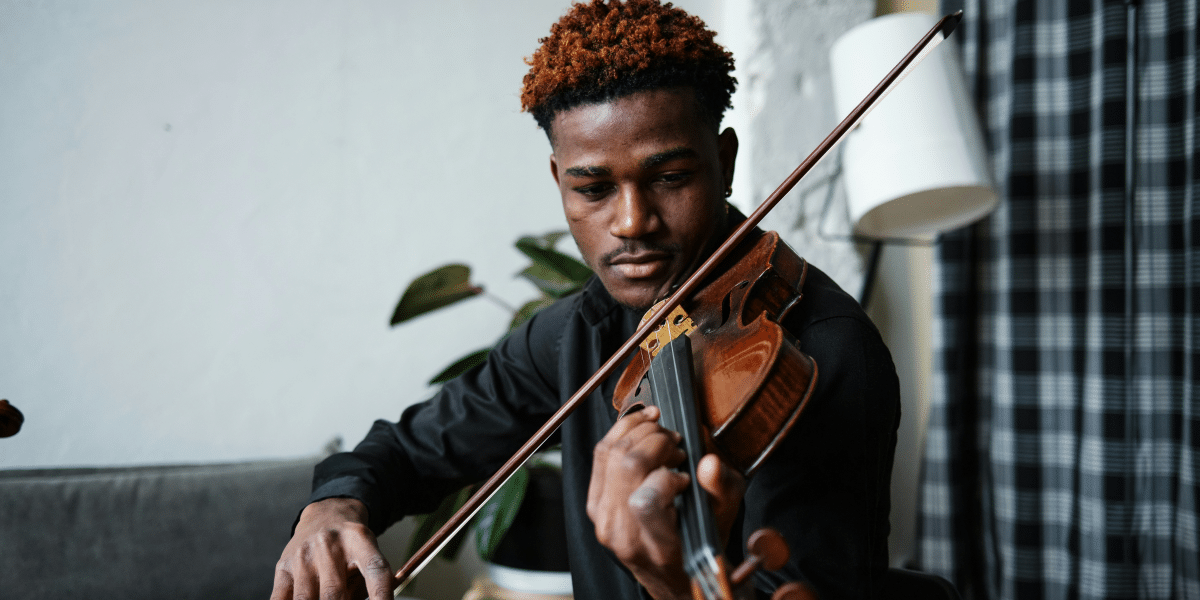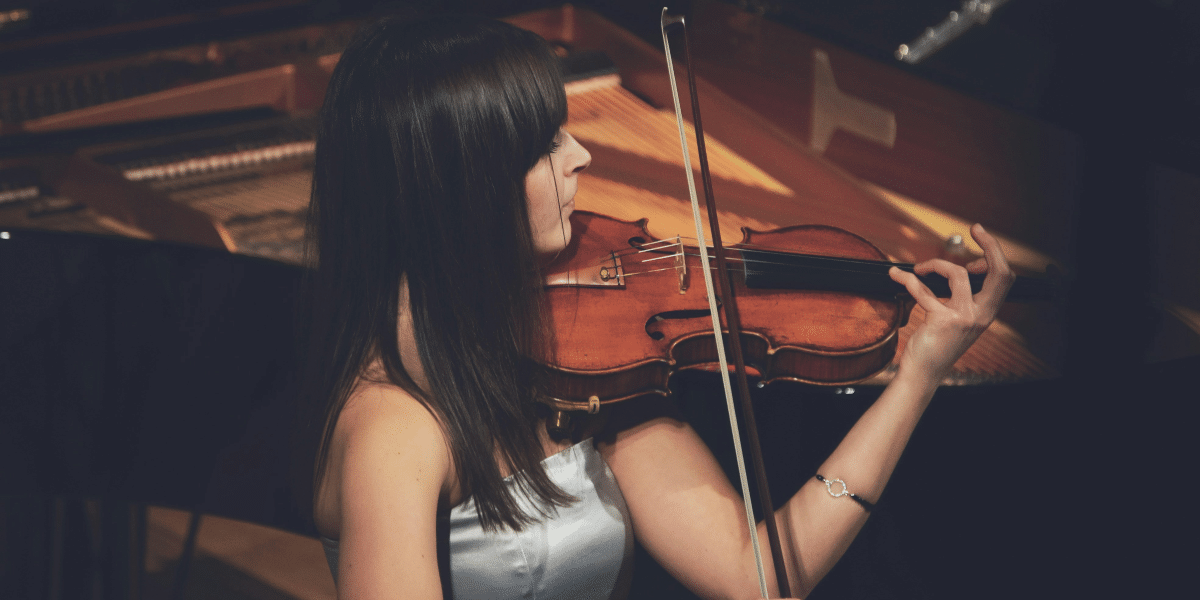Violins are beautifully delicate instruments, capable of producing incredible melodies. But to keep that sound sweet and your instrument in top playing condition, they require regular care and attention. Understanding a few key maintenance tasks will ensure your violin produces its best sound and serves you for years to come.
Changing Strings: Keeping Things Fresh
Strings don’t last forever, sadly. Over time, they lose their vibrancy and ability to hold a tune. Depending on how frequently you play, you’ll need to replace your strings roughly every six to twelve months. When a string snaps, it needs replacing immediately! To change your violin strings, you’ll need to loosen the old ones, properly thread the new ones through the pegs and bridge, and gradually bring them up to tension. If this seems overwhelming, take your violin to a qualified technician.
“Worn-out strings not only sound dull but can make the violin harder to play.” says a seasoned violinist, “Fresh strings make a world of difference!”
Humidification: Protection Against the Dry
Violins are primarily made from wood, which is susceptible to changes in humidity. In overly dry conditions, wood can shrink and potentially crack. During dry seasons or in arid climates, humidifying your violin is essential. Case humidifiers are small devices that safely release moisture, keeping your violin in a happy humidity range. Be cautious with homemade humidification methods, as excess moisture can cause its own set of problems.
Bridge Adjustments: A Matter of Millimeters
The bridge is that thin piece of wood that supports your strings. It should be standing straight and positioned correctly over the violin’s soundpost (a small internal wooden dowel). Extreme heat or sudden string changes can shift the bridge out of place, dramatically impacting sound quality. Minor adjustments can sometimes be made at home, but for any major shifting or if you hear a buzzing sound, it’s best to see a violin repair expert.
Bow Rehairing: Restoring the Grip
The hair on your bow is essential for creating friction against the strings and producing sound. With regular use, the hair gets dirty, loses its grip, and eventually individual strands will break. A professional bow rehair is the answer. This restores your bow’s performance and ensures the hair is evenly balanced for a seamless playing experience. How often you need a rehair depends on how much you play.
A simple but critical task! Every time you finish playing, gently wipe down your violin with a soft, lint-free cloth to remove rosin dust and any fingerprints. Rosin buildup can affect the varnish over time, and oils from your skin can dull the wood’s finish. A quick wipe-down after each session keeps your violin looking and sounding its best.
While basic maintenance can be done at home, certain tasks are best left to experts. A qualified instrument repair shop can help with major bridge adjustments, crack repairs, soundpost adjustments, or anything that makes you uneasy to tackle yourself. Think of it as a wellness checkup for your violin – having a technician give it a thorough inspection every year or so can catch potential issues early.
By understanding the delicate nature of your violin and taking time for proper care, you’re not just protecting an investment, you’re nurturing a lifelong musical companion. The attention you give your instrument directly translates to the beauty of the music it produces.






